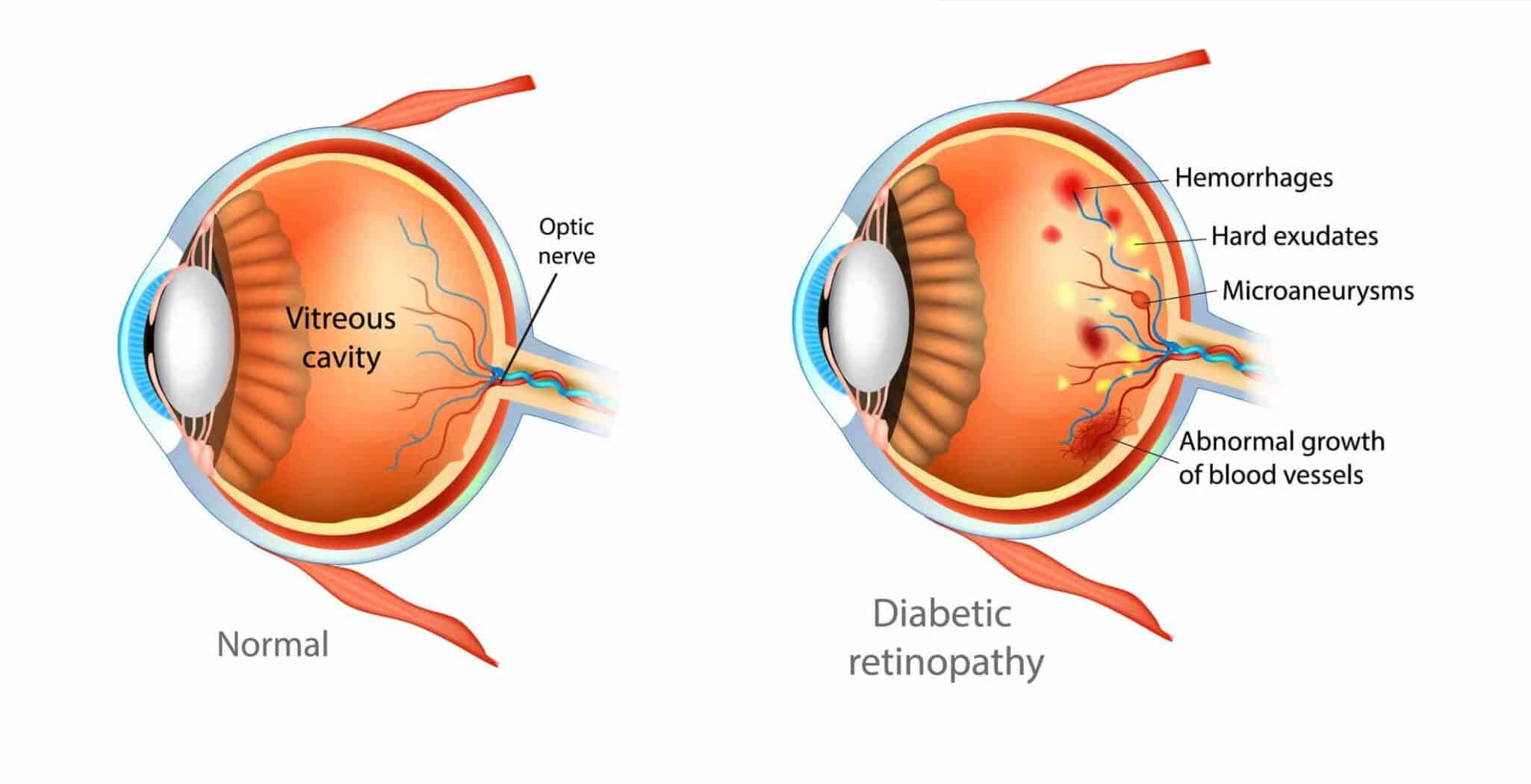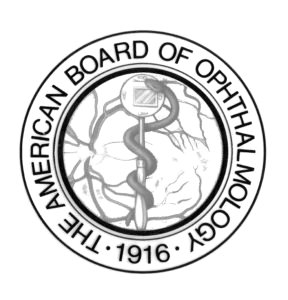Patients with diabetes are at risk for developing retinal disease. Diabetic retinopathy can occur in patients with both type 1 and type 2 diabetes. Retinopathy progresses through two main stages, nonproliferative and proliferative. In the proliferative form, there is a growth of “new” blood vessels which can significantly increase the risk of sudden vision loss from bleeding. Retinal swelling (“macular edema”) can occur at any stage of diabetic retinopathy and is the most common cause of vision loss.

Healthy Retina vs. Diabetic Retinopathy

It is important to detect diabetic retinopathy as early as possible so that treatment can be initiated. Diabetic eye disease is most commonly treated with stricter hemoglobin A1C control, injections (intravitreal anti-VEGF injections and intravitreal steroid injections) or with thermal (heat) laser. Hypertension, hyperlipidemia, and pregnancy can result in cases of retinopathy that are more severe and can further increase the risk of visual loss.
It is important for patients with diabetes to have comprehensive dilated eye exams annually to detect any signs of diabetic eye disease. Early treatment is critical to prevent loss of vision.
To learn more about Diabetic Eye Exams or to make an appointment, call us at, call us at 973-588-7005.






